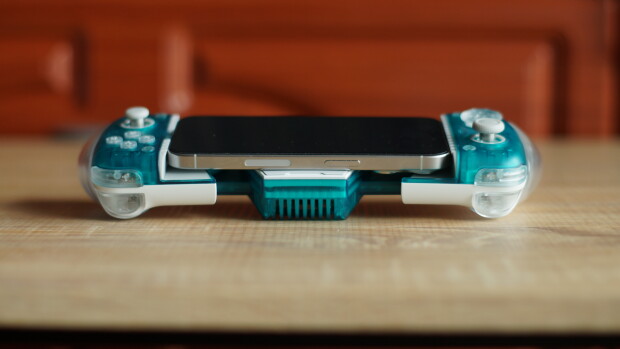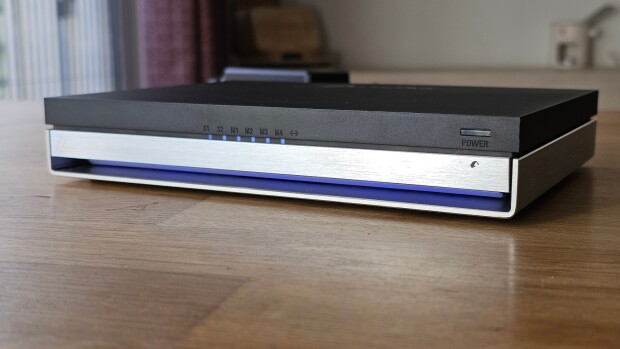
Last month, while surfing the various Microsoft Windows support pages and documents, Neowin noticed that the tech giant has begun to put up banners that advise users to steer clear of Windows 10 due to its upcoming end of support.
Microsoft definitely wants more users to move to Windows 11, and to convince people, it published a video advert earlier this year explaining why. Later on, in June, an article was put up destroying all the "myths and misconceptions" surrounding Windows 11 upgrades.
For those on old and unsupported systems that don't meet the minimum requirements, the company wants you to get a new PC. However, it also understands that many will not do that as they'd prefer sticking to what they have.
As mentioned above, the company absolutely wants people on Windows 11 as even the latest Statcounter data suggests it isn't going as great as Microsoft would have hoped. Thus Microsoft even allows users on unsupported PCs to upgrade to Windows 11 but makes such users sign a waiver first.
Neowin noticed that recently, the company updated a related support page that guides users on how to proceed with installing Windows 11 on unsupported devices. A small correction in that disclaimer message was made as the earlier version of it missed the words "By selecting Accept, you are acknowledging that you read and understand this statement."
For those curious, the full disclaimer says:
This PC doesn't meet the minimum system requirements for running Windows 11 - these requirements help ensure a more reliable and higher quality experience. Installing Windows 11 on this PC is not recommended and may result in compatibility issues. If you proceed with installing Windows 11, your PC will no longer be supported and won't be entitled to receive updates. Damages to your PC due to lack of compatibility aren't covered under the manufacturer warranty. By selecting Accept, you are acknowledging that you read and understand this statement.
Aside from this correction, the company has also added a handy shortcut link for running Recovery in case a user "experiences issues". This is a good addition from Microsoft as someone who comes across this support article while searching for ways to fix it should easily be able to launch the Recovery menu using the link. And not just that, a detailed step-by-step guide has been put forth by the company for the convenience of users.
In the previous version of this page, the company had simply said
To go back to Windows 10, select Start > Settings > System > Recovery > Go back .
This option is only available for 10 days following your upgrade, after which time the files needed to perform this function will be removed to free up disk space on your device.
Here's what the article says now:
To go back to Windows 10 on an unsupported Windows 11 device, follow these steps:
On the Windows 11 unsupported device:
Right-click on the Start menu and select Settings > System > Recovery.
OrSelect the following Recovery shortcut:
RecoveryIn the System > Recovery window that opens, under Recovery options, next to Go back select the Go back button.
Note: If there isn't a Go back section or button under Recovery options, going back to Windows 10 is no longer possible. The Go back option is only available for 10 days following an upgrade to Windows 11, after which time the files needed to perform this function are removed to free up disk space on the device.
If the User Account Control window appears, select the Yes button. If the User Account Control window asks for an admin user name and password, enter a user name and password of an account that has administrator privileges. Once the user name and password are entered, select the Yes button.
In the Go back to Windows 10 window that opens, select the Next button
In the Check for updates? window, select the No, thanks button.
In the What you need to know window, read the information in the window and then select the Next button.
In the Don't get locked out window, read the information in the window. If the password to sign into Windows 10 is known, select the Next button. Otherwise select the Cancel button to cancel going back to Windows 10 until the password can be reset.
In the Thanks for trying Windows 11 window, select the Go back to Windows 10 button.
You can find the support document here on Microsoft's official site.
Sadly though, if you are one of those users who has a really old processor, something that does not have PopCnt and SSE4.2 instructions support, then you are out of luck as no bypass currently works.
Update, 14th December IST: Microsoft has issued an update regarding Windows 11 requirements on unsupported hardware.


















39 Comments - Add comment